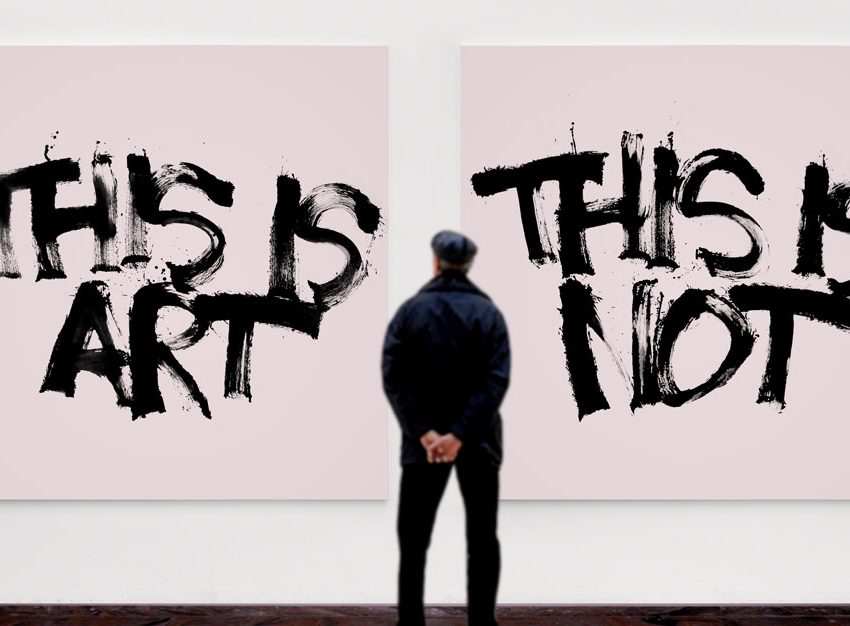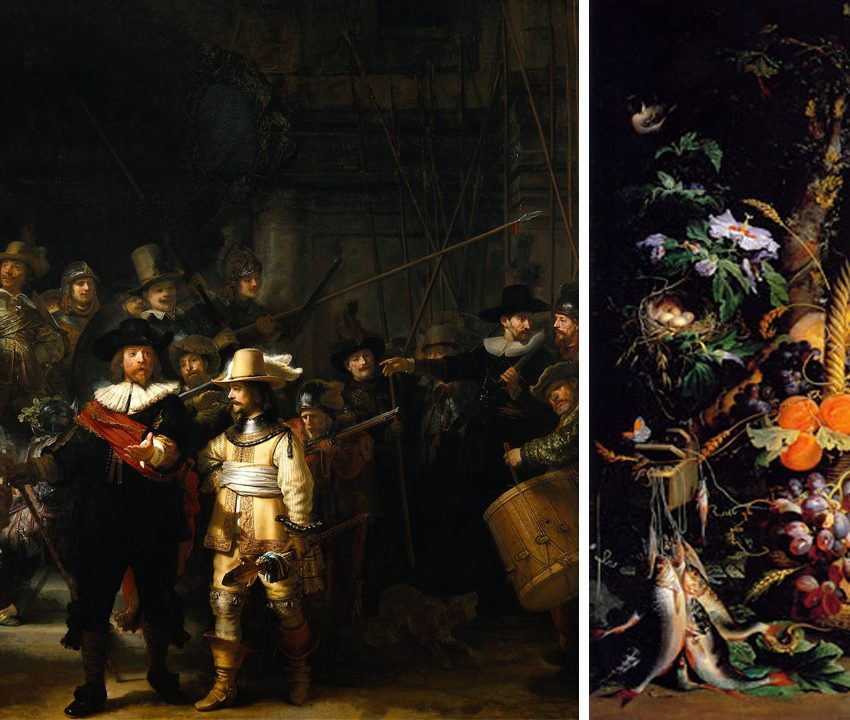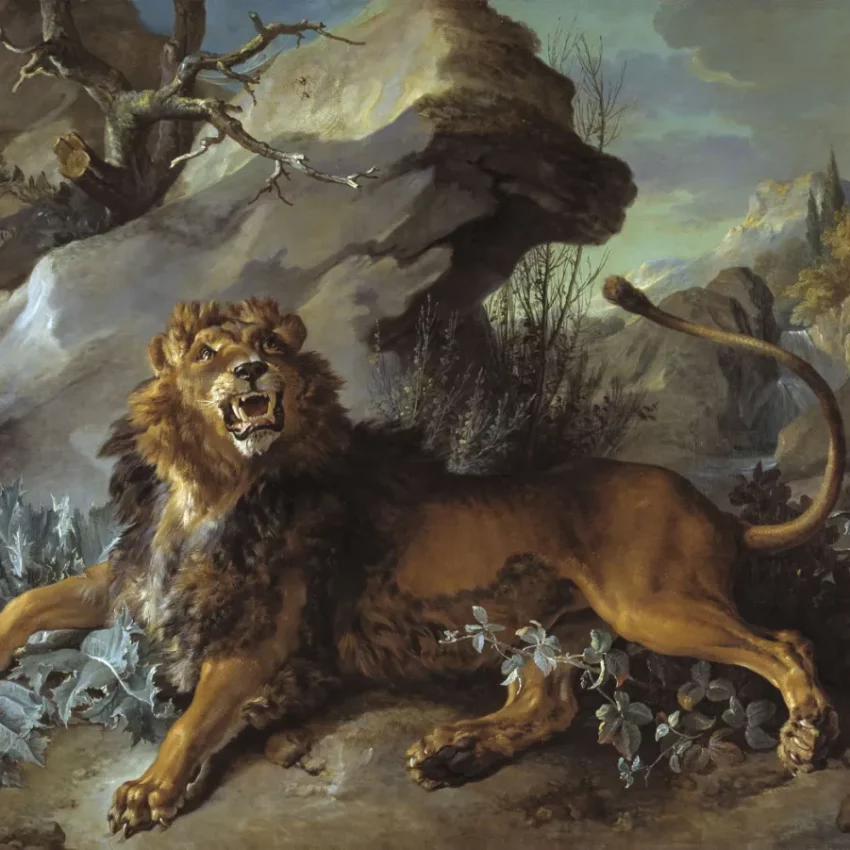Hieronymus Bosch
The Life, Works, and Remarkable Paintings
Early Life
Artist Hieronymus Bosch was born Jheronimus van Aken, a Dutch/Netherlandish painter of the Early Netherlandish painting school, remains one of the most enigmatic figures of the Northern Renaissance.
His life, thoughts, personality, and even the meaning behind his art have been lost to time and influence continue to intrigue scholars, art enthusiasts, and the general public alike.
What endures, however, are a series of paintings that defy imagination and challenge conventional artistic forms.
Born in the fifteenth century in ‘s-Hertogenbosch, the artistic legacy of Hieronymus Bosch transcends time, offering profound insights into the human condition through his fantastical and often macabre imagery.
This essay delves into the life, works, and enduring influence of Hieronymus Bosch, shedding light on his unique contributions to the art world.
The catastrophic fire in 1463, which razed four thousand houses in the town, which Bosch presumably witnessed, who was approximately thirteen years old at the time.
The harrowing event likely left an indelible mark on Bosch, shaping his worldview and influencing the themes and imagery he later depicted in his art.
The devastation wrought by the fire may have instilled in Bosch a sense of the fragility of human existence and the precarious balance between order and chaos, themes that are often echoed in his haunting and surreal paintings.
Thus, this historical event serves as a poignant backdrop to understanding Bosch’s artistic vision and the profound depth of his work.
Despite his enduring artistic legacy, much of Bosch’s life remains shrouded in mystery.
Bosch spent his entire life in or near the town, which undoubtedly influenced his artistic vision, reflecting the cultural and religious milieu of the Burgundian Netherlands and contributing to his unique Bosch paintings.
Little is known of Bosch’s early education or training, although it is believed that he came from a family of artists and lived until he died in 1516.
Bosch first appears in historical records on 5 April 1474, indicating his presence in the artistic community of his hometown and hinting at the scant information known of Bosch’s life, as he signed a number of his paintings Jheronimus Bosch.
According to art historian Walter Gibson Bosch’s father, Anthonius van Aken, likely played a role in his artistic development, serving as an artistic advisor to the local illustrious Brotherhood of Our Blessed Lady, during the early part of the 15th century, around 1450.
Determining authorship has posed considerable challenges; presently, today only about 25 paintings are confidently attributed to Hieronymus Bosch himself, in addition to 8 drawings. Around another six paintings are confidently attributed to his workshop.
Work
In his seminal work, “The Millennium of Hieronymus Bosch,” Fränger wrote that Bosch was a member of the heretical sect known as the Adamites, alternatively referred to as the Homines intelligentia and Brethren and Sisters of the Free Spirit.
This assertion stirred considerable debate among scholars, as it challenged conventional understandings of Bosch’s religious beliefs and affiliations.
The Adamites were a radical group known for their rejection of societal norms and embrace of a communal, utopian lifestyle akin to that of the early
Christian community described in the Acts of the Apostles.
Fränger’s hypothesis implied that Bosch’s enigmatic paintings may have been influenced by the unorthodox teachings and practices of this sect, offering a new lens through which to interpret his works.
However, the extent of Bosch’s involvement with the Adamites remains a subject of conjecture, with some scholars questioning the validity of Fränger’s claims.
Despite the controversy surrounding this theory, Fränger’s exploration of Bosch’s potential connections to the Adamites underscores the enduring fascination with the artist’s life and the myriad interpretations of his art.
Bosch’s artistic career flourished during the turbulent times of the late Middle Ages, marked by religious fervor, social upheaval, and political intrigue in the Burgundian Netherlands, partly depicted through his moralistic tales like the garden of eden.
He stands as a prominent figure within the Early Netherlandish painting school, renowned for his distinctive style.
Utilising oil on oak wood, his oeuvre primarily comprises fantastic illustrations of religious concepts and narratives.
Masterpiece in Sacred Allegory
Hieronymus Bosch’s renowned masterpiece, the Triptych of the Adoration of the Magi (circa 1494), housed in Madrid’s Prado Museum, showcases his unparalleled skill and imaginative prowess in crafting detailed hellscape visions.
Commissioned by Peeter Scheyfve and Agneese de Gramme of Antwerp, the triptych portrays the biblical event with meticulous detail, akin to Bosch’s representations of biblical narratives like adam and eve in the garden of eden.
The central panel depicts the magi presenting gifts to the infant Jesus amidst a scene of adoration, while the flanking side panels offer surreal interpretations of the narrative.
It has been noted by scholars that the calligraphic style employed by Bosch in the triptych bears a resemblance to that of watercolour painting.
Within the central panel, Bosch portrays the Flemish proverb “The world is a haystack from which each takes what he can,” illustrating the deceitful tactics of the demon leading a procession of individuals from the idyllic earthly paradise depicted on the left wing to the nightmarish horrors of hell depicted on the right.
Bosch’s unique style, characterised by fantastical elements and intricate symbolism, invites viewers to contemplate the divine mysteries of the Nativity.
This work exemplifies the patronage system of Bosch’s time, underscoring the crucial role of wealthy benefactors in supporting artists like Bosch in the Museum of Fine Arts collections.
Bosch’s legacy as a master of the Northern Renaissance endures, captivating audiences with his profound imagination and skillful execution in creating unforgettable hellscape scenes.
The Prado Museum
The Prado Museum in Madrid plays a significant role in the context of Hieronymus Bosch’s artwork. It houses several of Bosch’s masterpieces, including renowned triptychs such as “The Garden of Earthly Delights” and “The Haywain Triptych.”
The museum’s collection provides an invaluable opportunity for scholars, art enthusiasts, and the general public to engage with Bosch’s works firsthand, allowing for close examination and appreciation of his intricate details and symbolic imagery.
Additionally, the Prado Museum serves as a hub for academic research and discourse surrounding Bosch’s art, hosting exhibitions, lectures, and scholarly publications that contribute to our understanding of his life and oeuvre.
Overall, the Prado Museum’s inclusion of Bosch’s paintings solidifies his legacy as a master of the Northern Renaissance and ensures his continued influence on the art world.
The Artistic Merit of Hieronymus Bosch
Bosch’s paintings are characterized by their highly detailed, fantastical, and often surreal nature, including scenes from the garden of eden and depictions of various deadly sins.
His subjects range from religious and moral themes to nightmarish creatures and intricate landscapes. Despite the scarcity of information about his personal life, Bosch’s art speaks volumes. Let’s unravel the layers of his remarkable works:
The Revolutionary Style
Bosch did not conform to the typical Flemish painting style of his time, instead creating works that often featured intricate hellscape scenes. Instead, he drew with his brush, creating a unique and autonomous artistic language.
His triptychs—three-part paintings—stand out for their fantastical imagery and moral narratives, often featuring scenes such as the garden of eden and the depiction of adam and eve among other nude figures. These works defy easy categorisation and invite multiple interpretations.
The Imagery and Symbolism
Bosch’s paintings are populated by grotesque creatures, hybrid beings, and intricate landscapes.
His mastery of sfumato—the subtle gradations of light and shadow—adds depth and mystery to works like The Adoration of the Magi. Whether it’s “The Garden of Earthly Delights,” “The Temptation of St. Anthony,” or “The Last Judgment,” each canvas reveals layers of meaning.
Some contemporaries considered his works heretical, depicting themes such as the seven deadly sins, while others believed they were meant to amuse and engage viewers.
One of Bosch’s most renowned works is “The Garden of Earthly Delights,” triptych altarpieces housed in the Museo del Prado in Madrid.
This monumental piece, completed around 1505, explores themes of paradise, earthly indulgence, and damnation.
Bosch’s meticulous attention to detail and innovative use of symbolism have cemented his reputation as a master of the Northern Renaissance.
The Brotherhood of Our Lady
In 1488, Bosch joined the Brotherhood of Our Lady, a conservative religious group.
This affiliation sheds light on his subject matter, which often revolves around moral and spiritual truths, including the depiction of the seven deadly sins.
His art serves as a visual catechism, teaching through fantastical and thought-provoking imagery.
The Legacy and Influence
In the twentieth century, Bosch’s art experienced a resurgence of interest, particularly among Surrealist artists who were drawn to his dreamlike imagery and exploration of the subconscious mind.
Salvador Dalí, in particular, admired Bosch’s work and incorporated elements of his style into his own paintings.
His pessimistic fantastical style cast a wide influence on northern art of the 16th century, with Pieter Bruegel the Elder emerging as one of his most renowned disciples.
Today, Bosch is celebrated as an extraordinarily individualistic painter with deep insight of humanity’s innermost desires and fears.
However, attributing his works has proved challenging over time; presently, only approximately 25 paintings and 8 drawings are confidently attributed to him as Bosch paintings.
Pieter Bruegel
Pieter Bruegel the Elder, a prominent Flemish painter of the 16th century, occupies a significant place in the context of Hieronymus Bosch’s legacy and influence.
While Bruegel’s career emerged after Bosch’s death, his work demonstrates a clear connection to Bosch’s thematic concerns and artistic style. Bruegel, like Bosch, was deeply interested in depicting scenes from everyday life, often infused with moral and allegorical undertones.
While Bruegel’s subject matter may have differed from Bosch’s fantastical imagery, both artists shared a fascination with human behavior, societal customs, and the complexities of the human condition.
In particular, Bruegel’s interest in portraying peasant life and the natural world aligns with Bosch’s penchant for portraying diverse landscapes and intricate scenes of daily life.
Bruegel’s art reflects a similar moralizing tone found in Bosch’s work, offering commentary on the follies of human behavior and the consequences of sin.
Additionally, Bruegel’s artistic technique and use of symbolism show traces of Bosch’s influence, with early works exhibiting a clear debt to Bosch’s fantastical imagery and intricate detail.
Overall, Pieter Bruegel the Elder can be seen as a successor to Hieronymus Bosch, building upon his predecessor’s thematic concerns and artistic innovations while forging his own path in the annals of art history.
The Signature Seven
The Signature Seven refers to the limited number of paintings that Hieronymus Bosch signed with his name and even fewer are dated.
Only 25 paintings are definitively attributed to him, housed in esteemed collections including the Museo Nacional del Prado. His influence, however, reverberates through the art world.
Numerous followers imitated his style, leading to many forgeries.
In the context of Bosch’s influence, the Signature Seven plays a crucial role in establishing his artistic legacy, much like his depictions of the deadly sins and the four last things that enriched his thematic repertoire.
Despite the small number of signed paintings, Bosch’s impact reverberates throughout the art world.
His innovative use of symbolism, surreal imagery, and moral allegory inspired numerous followers and imitators.
However, the scarcity of signed works also contributed to the proliferation of forgeries and copies, making attribution a challenge for art historians.
The Signature Seven serves as a tangible reminder of Bosch’s presence in the art historical canon, anchoring his name to a select group of paintings that exemplify his distinctive style and thematic concerns.
While the majority of Bosch’s works may lack his signature, their attribution relies on stylistic analysis, historical context, and scientific examination, underscoring the complexities of determining authorship in art history.
Overall, the Signature Seven encapsulates the dual nature of Bosch’s legacy—characterized by both the scarcity of direct evidence of his authorship and the enduring impact of his artistic vision on subsequent generations of artists and audiences alike
Interpretations and Meanings
Scholars and art enthusiasts offer various interpretations of Bosch’s works. Some see him as a proto-surrealist, while others delve into Freudian psychology within his images.
Regardless, his art remains a rich tapestry of symbolism, inviting viewers to explore their own truths.
Bosch’s paintings are often filled with surreal and fantastical imagery, which Freudian analysis may interpret as manifestations of the unconscious mind.
Freudian concepts such as the id, ego, and superego, as well as Freud’s theories on dreams and symbolism, can offer insights into the symbolic meaning behind Bosch’s nightmarish depictions.
For example, Freudian interpretation might suggest that Bosch’s grotesque figures and bizarre landscapes represent repressed desires, fears, or anxieties of the human psyche.
Additionally, Freudian psychoanalysis could explore themes of sexuality, mortality, and the subconscious in Bosch’s work, shedding light on the deeper psychological layers of his art.
While Freudian psychology may not provide a comprehensive explanation for Bosch’s imagery, it can certainly offer a fascinating perspective on the enigmatic world he created.
The Enigma Persists
As we gaze upon Bosch’s fantastical creatures, intricate details, and moral allegories, we encounter the artist himself—an enigma who defies easy categorization. His paintings continue to provoke, inspire, and challenge our understanding of art and existence.
Conclusion
In conclusion, Hieronymus Bosch’s art continues to captivate and intrigue audiences across generations. His enigmatic persona, mirrored in the mysterious elements of his paintings such as the Garden of Eden and nude figures, adds an extra layer of fascination to his works.
With each canvas, Bosch invites us to delve into the realms of imagination and morality, provoking introspection and contemplation.
As we ponder his masterpieces, we are reminded that art, much like life itself, thrives in mystery.
Bosch’s legacy endures as a testament to the enduring power of creativity, symbolism, and the human psyche, leaving an indelible mark on the world of art and inspiring wonder in all who encounter his brushstrokes.





